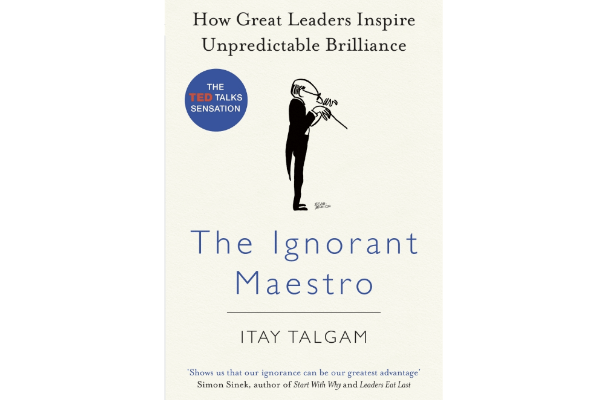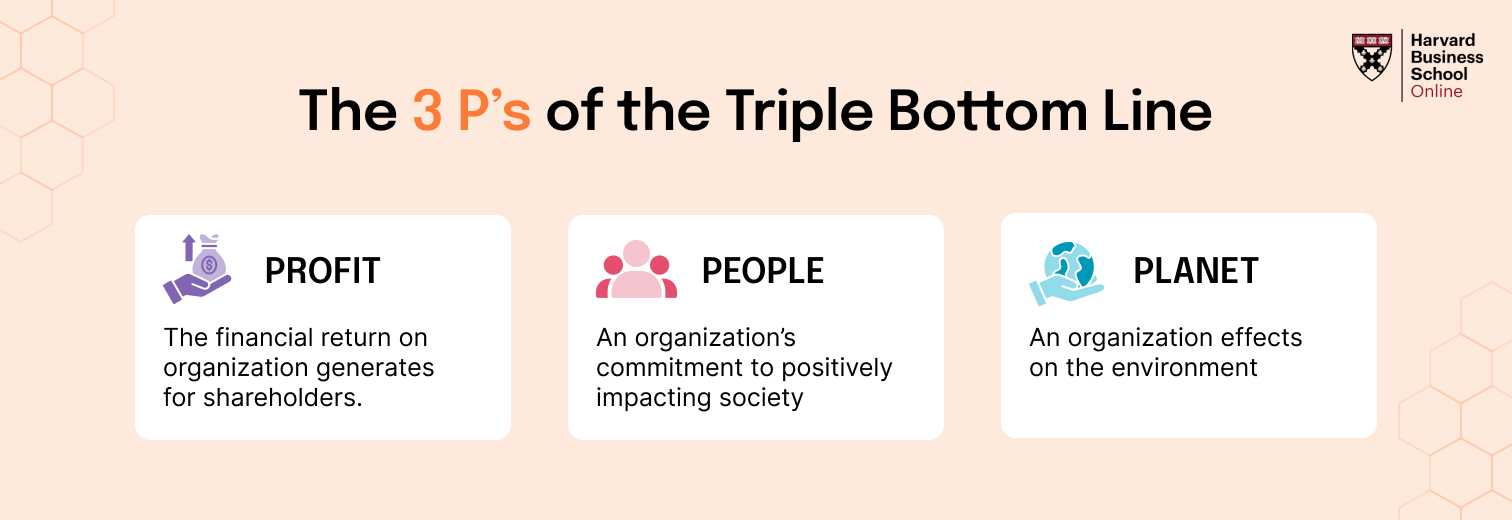Delivering impactful leadership training has never been more important, or more complex. As our workplaces evolve rapidly due to technology, remote working models, and shifting generational dynamics, the way we nurture leadership talent must also keep pace. Yet, too often, leadership development programs remain stuck in outdated models that fail to resonate with learners or generate real-world impact.
Having worked on leadership training initiatives in various formats, I have seen firsthand that effectiveness does not always require a complex or high-budget solution. In fact, three key principles consistently make leadership training more efficient, memorable, and engaging: fun, active engagement, and focused attention. Let us explore each of these through a more modern lens.
Fun Is Serious Business
Table of Contents
“Laughter is no enemy to learning.” – Walt Disney
Think about a time when you had to remember names and interests of new team members just by reading their profiles. Probably not very effective. Now imagine the same group introduced through an interactive game where they share fun facts about themselves. Chances are, you remember much more from the game than from the static bios.
This is not a coincidence. Neuroscience tells us that emotions like joy increase dopamine, which helps our brains process and store new information. Learning becomes sticky when it is fun. In leadership training, where the stakes are often high and content can feel weighty, fun brings in lightness and makes complex concepts more digestible.
We have experimented with fun in leadership workshops using customized simulations, storytelling exercises, and gamified challenges. Not only did participants learn faster, but they also retained insights longer. Fun does not dilute learning, it enhances it.
For example, experiential modules offer an immersive format where participants face real-time leadership dilemmas. These are structured to be fun yet deeply reflective, and the results speak for themselves.
Active Engagement: From Passive to Participatory
“Tell me and I forget, teach me and I may remember, involve me and I learn.” – Benjamin Franklin
Many traditional leadership programs rely heavily on lectures and slides. The issue is, this approach often leaves learners as passive recipients. But leadership cannot be taught passively. It must be experienced.
Involving learners through activities like role-playing, simulations, breakout discussions, and reflective exercises creates engagement at a deeper level. Neuroscience supports this too, as when learners actively engage with material, multiple areas of the brain light up, creating stronger memory links and deeper understanding.
In one of our leadership journeys, we replaced a two-hour lecture on delegation with a live scenario simulation. Teams had to delegate a task under time constraints and resource limitations. The emotional involvement, the decision-making pressure, and the teamwork made the learning stick far better than any theoretical framework could have.
Virtual instructor-led training now allows this level of interactivity even in remote learning formats, making engagement scalable and inclusive.
Focused Attention: Designing for How We Learn Best
The human brain has its own rhythm for learning. We remember best what comes at the beginning and end of a learning session. This is known as the primacy-recency effect. Everything in the middle? It often gets lost unless it is reintroduced or reinforced.
This is why modern learning formats are shifting towards shorter, well-paced sessions instead of marathons. We do not need to cover more content, we need to curate and deliver it smarter.
For instance, we now design leadership sessions in bursts of 20 to 30 minutes, each focused on one outcome. Between modules, we embed reflective pauses, peer conversations, or short real-world tasks. These not only improve attention but also increase application back on the job.
Using this method, a leadership program on emotional intelligence might begin with a short story, introduce a key principle, involve a five-minute peer reflection, and end with a journaling prompt. The session feels light but leaves a lasting impression.
Bonus: Explore Microlearning for Leadership
Microlearning, bite-sized learning nuggets designed to deliver just one key message, has emerged as one of the most efficient ways to deliver leadership training, especially in fast-paced work environments.
Our team once tried a challenge called “Oops! Did You Just Microlearn Today?!” Everyone contributed short, fun, non-work-related videos that taught something useful, from quick recipes to quirky English proverbs. It sparked creativity, camaraderie, and a lot of laughter. More importantly, it proved that even complex ideas can be broken down into micro-formats that are engaging and impactful.
We now incorporate microlearning into leadership development journeys through daily prompts, one-minute videos, or mobile-accessible reflections. For example, Virtual Learning Journeys are often designed with modular formats that leaders can access anytime.
The Real Takeaway: Make It Human, Not Heavy
The most effective leadership development experiences are not the ones that feel like school. They are the ones that feel like real life, relevant, reflective, and occasionally, even fun.
So if you are designing or rethinking your leadership development approach, ask yourself:
- Does it spark curiosity and emotion?
- Are learners actively involved, or just observing?
- Is the content spaced out to match attention rhythms?
- Can it be broken down into micro, mobile-friendly modules?
Leadership is too important to be left to chance. But it is also too human to be boxed into rigid formats. By building in fun, active engagement, and focused design, we can deliver leadership training that is not just efficient, but also memorable, practical, and transformational.
Start small. Keep it light. Make it matter.














